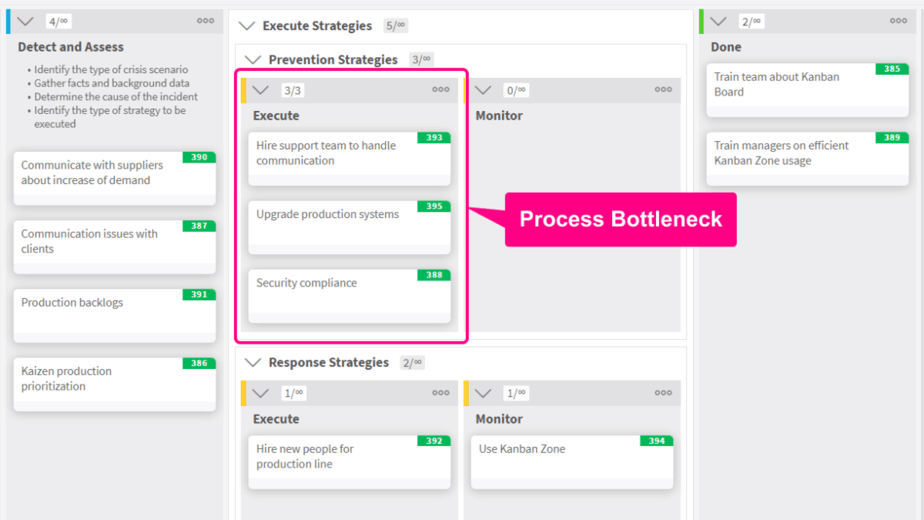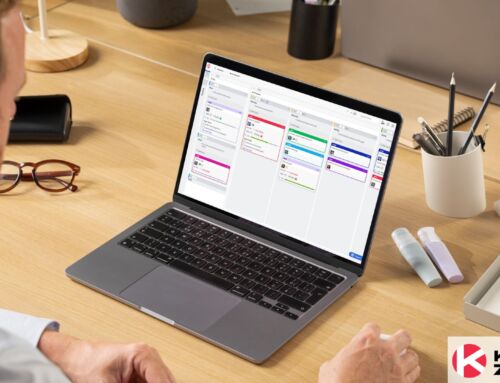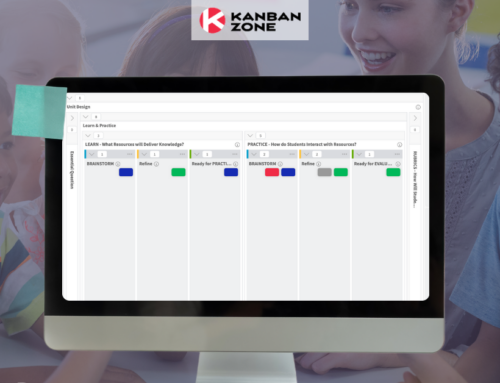
All organizations aim to achieve a flawless process flow. This is one reason why we have so many project management trends and approaches available. It’s just a matter of choosing one that works for your team. But no matter how you manage your project, there might have been times when you’ve encountered a problem. Maybe one of the team members was not available to complete his tasks, which caused delays to some processes and a backlog has built up. This only means one thing: you have a process bottleneck in your hand.
The fact is bottlenecks will always be there. They are a normal part of every production cycle. But what sets apart a well-organized team from a struggling one is the way they are handling these bottlenecks. This is why it’s important that your team understands what bottlenecks are and how you can handle them better.
What are Process Bottlenecks?
In production, process bottlenecks pertain to delays or setbacks that occur due to a production stage receiving too much workload than it can manage, even if it runs at full capacity. This then causes backlogs in the stage and impacts the flow of work across all other production stages.
A good example of a process bottleneck is when a two-person QA team for a web design company receives a workload meant for 3 people. If each team member can easily audit 1 website in an hour, they can finish 8 websites each in one workday. But with about 30 websites coming into the queue for the day, there will definitely be a buildup of workload in that stage.
Another way you can visualize it is when traffic jams happen at toll gates. Due to the limited number of toll gates available, especially during rush hours, a bottleneck traffic jam occurs. Cars will keep piling up, lining up to be served, pay their toll and to pass through.
When process bottlenecks come up, it can be frustrating, but keep in mind that these are a part of every production workflow and can be resolved eventually once detected and with the right approach.
How to Detect Process Bottlenecks
Being able to detect process bottlenecks on the onset can help you come up with a strategy to eliminate it or reduce their occurrences. To help you identify potential bottlenecks in your production, here are three things that you can put into practice.
1. Create a process map
A process map is one of the best tools to have for production teams as it gives team members an idea of what to expect for each process and stage of the whole production. Value stream mapping has proven to be very beneficial as a Lean management approach to agile teams as it makes it easier for them to analyze the current state of the production and design a better production process in the future. A value stream map will also make it easier for you to detect potential process bottlenecks by looking at the amount of workload that may come in during a specific time.
2. Visualize your process
Apart from having a value process map for your production, visualizing your process can also make it easier to keep track of bottlenecks and reduce their occurrences in the future. Creating a work board that depicts your production workflow can help your team have better visibility of the current workload, and take immediate action on any potential process bottlenecks. Creating a Kanban board for your production process can be a good visualization method.

3. Measure cycle time for each task
Another very useful practice for production teams is to keep track of the cycle time for each task. Cycle time is the amount of time it takes for a task to be completed. These days, tracking and measuring cycle time is a lot easier as many project management tools come with features for measuring productivity. By measuring cycle time, you can identify which phases of your production are usually receiving bottlenecks. This can then help you come up with a better approach to reduce or even eliminate the instances of work piling up within a certain stage.

3 Ways to Handle Bottlenecks
Apart from coming up with ways to detect process bottlenecks, your team should also implement methods to handle any occurrences of bottlenecks. Here are four ways you can manage them.
1. Identify the common cause of bottlenecks
By detecting and keeping track of previous process bottlenecks, you’ll also be able to build up data that allows you to identify what usually causes bottlenecks in your production. With this knowledge at hand, you can come up with better processes that will enable you to reduce or even eliminate the chances of bottlenecks in the future.
2. Resolve causes of process bottlenecks
Once you have a means of identifying causes of bottlenecks in your production, you can now easily come up with plans on how to reduce or even eliminate the cause of these bottlenecks. If we go back to the earlier example of the two-person QA team, such a backlog can be eliminated in the future by providing more manpower to the process. A simple manpower planning can help them avoid the queue from building up and causing a process bottleneck.
3. Set WIP limits
When it comes to managing a pull-based system, setting work-in-progress (WIP) limits is essential. This helps the workload in a certain stage be more predictable and manageable. By setting WIP limits, your team will be able to focus on completing the tasks at hand, as well as identify inefficiencies and bottlenecks in the system. WIP limits can give teams a better idea of what they should complete, therefore preventing the accumulation of too much workload in a certain production stage.
Manage Bottlenecks Better with Kanban
Visibility and predictability plays a very crucial role in helping teams manage, reduce and eliminate bottlenecks. Process bottlenecks will always come and go, but with an effective process and project management method, your production team can become more efficient and no longer be held back by imperfections in your operations.
Implement Kanban in your production and boost your process visibility. Manage projects more efficiently and easily identify process bottlenecks. Level up your Kanban project management through a virtual Kanban board like Kanban Zone.
Learn to Work Smarter, Not Harder!
Get our top articles weekly.
Table Of Contents
Discover many more posts…






